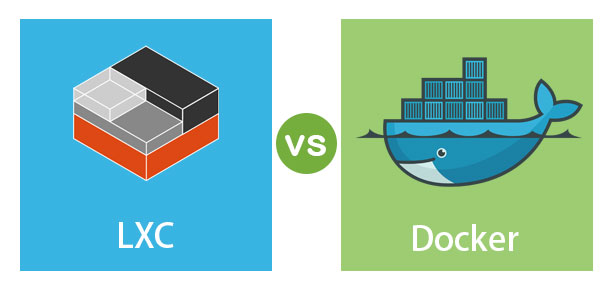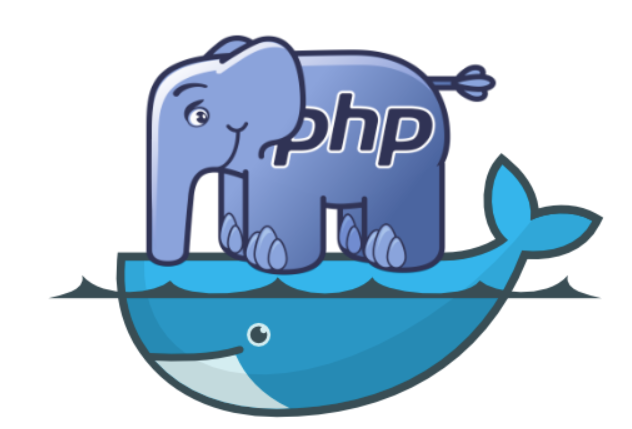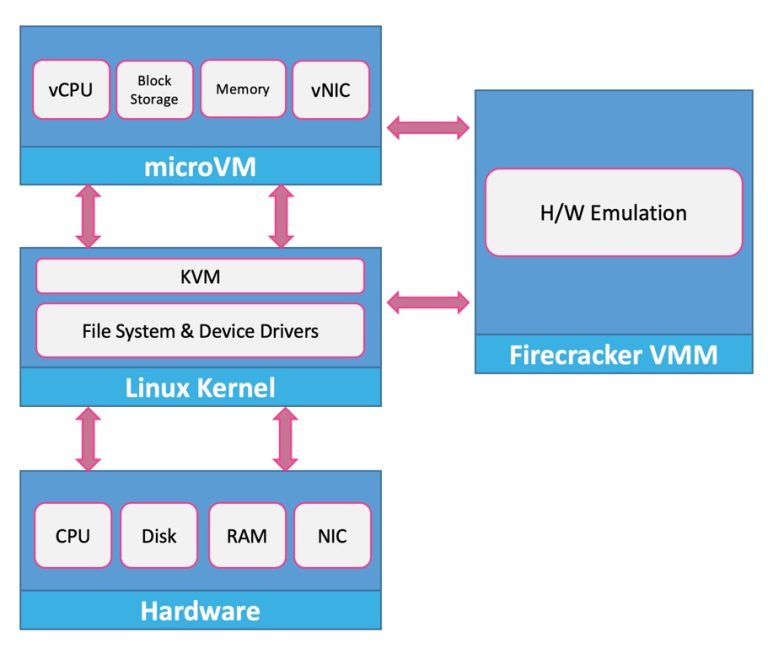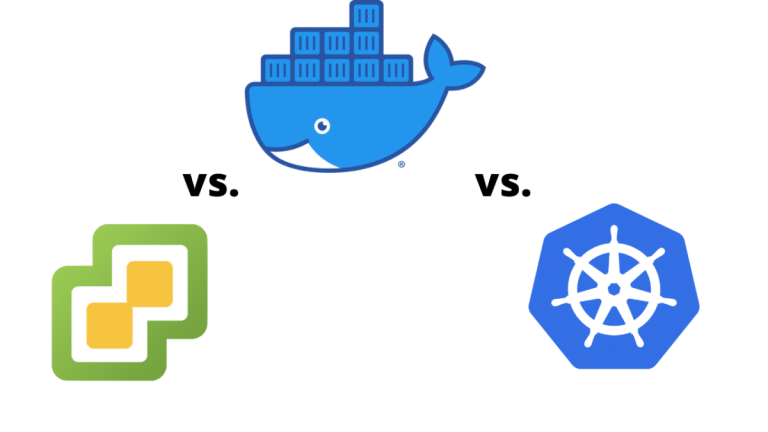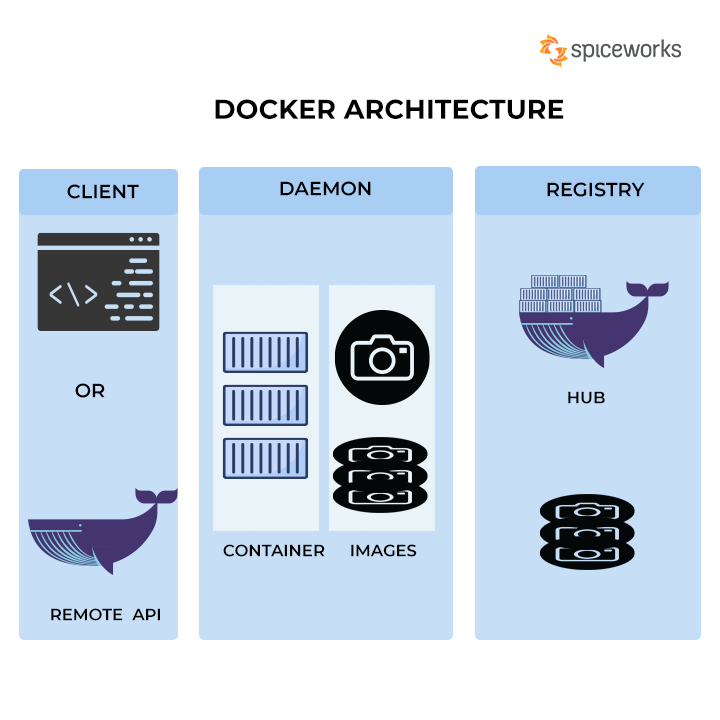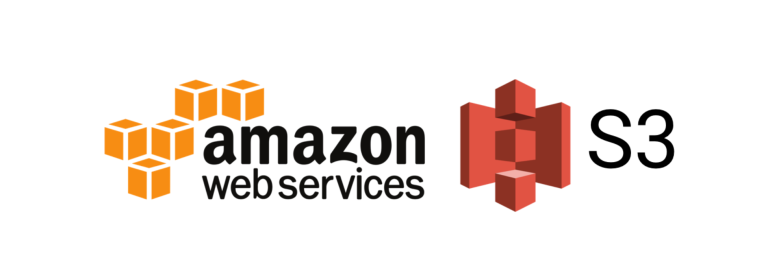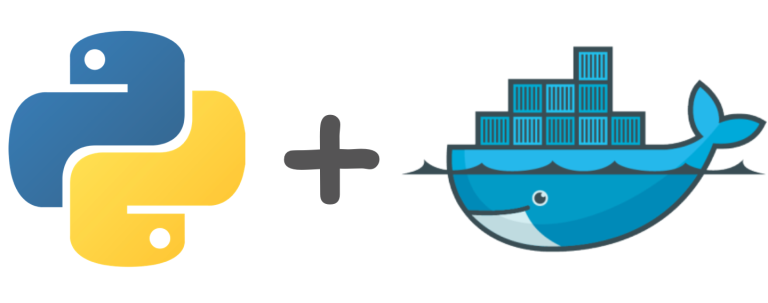Introduction
Building Docker images for PHP applications is a fundamental step in containerized development. This article provides a comprehensive guide to creating efficient and optimized PHP Docker images, covering best practices and considerations.
- Selecting the Right PHP Base Image:
Begin by choosing an appropriate PHP base image. Official PHP images are available for various versions and variants (e.g.,php:7.4-apacheorphp:8.0-fpm-alpine). Consider your application requirements and preferences for a lightweight and suitable base image. - Leveraging Multi-Stage Builds:
Adopt multi-stage builds to reduce the size of the final Docker image. Utilize one stage for building dependencies and another for the runtime environment. This helps eliminate unnecessary build artifacts and keeps the production image minimal. - Installing Dependencies Efficiently:
Optimize dependency installation in your Dockerfile. Group related installations together, use the--no-install-recommendsflag for apt-get to skip unnecessary packages, and clean up apt caches in the sameRUNcommand to minimize image size. - Configuring PHP INI Settings:
Customize PHP settings in your Dockerfile by copying a prepared php.ini file or usingsedcommands to modify settings directly. This ensures that PHP operates according to your application’s requirements within the Docker container. - Optimizing Composer Installations:
If your PHP application uses Composer, take steps to optimize its installations. Leverage multi-stage builds to install Composer dependencies and then copy only the necessary files into the final image. This reduces the size of the production image. - Setting Up Web Servers:
Depending on your application architecture, set up the appropriate web server. For example, use Apache or Nginx to serve PHP files. Configure server settings in your Dockerfile and ensure that the server runs as a non-root user for security purposes. - Utilizing OpCache and Other PHP Extensions:
Incorporate PHP extensions, such as OpCache, to enhance performance. Ensure that relevant extensions are installed and configured appropriately to optimize the execution of PHP code within the Docker container. - Implementing Health Checks:
Add health checks to your Dockerfile to enhance the reliability of your PHP application. Define a simple script or command that checks the health of the application, providing a way for Docker to verify that the container is running as expected. - Handling Static Assets and Volumes:
Efficiently handle static assets and volumes in your Dockerfile. Consider using a separate server or CDN for serving static assets, and use Docker volumes for persistent data storage to maintain data integrity across container restarts. - Logging and Monitoring Configuration:
Configure logging and monitoring settings within your Dockerfile. Define the necessary log paths and ensure that logs are accessible externally. This facilitates efficient debugging and monitoring of your PHP application. - Cleaning Up Build Artifacts:
Implement cleanup steps in your Dockerfile to remove unnecessary build artifacts and temporary files. This ensures a cleaner and more compact final image. - Regularly Update Base Images and Dependencies:
Stay proactive by regularly updating your PHP base image and dependencies. This ensures that your Docker images benefit from the latest performance improvements, security patches, and bug fixes.
# Stage 1: Build dependencies and composer dependencies
FROM php:7.4 as builder
WORKDIR /app
COPY composer.json composer.lock ./
# Install composer dependencies without autoloader
RUN apt-get update \
&& apt-get install -y unzip \
&& docker-php-ext-install pdo_mysql \
&& curl -sS https://getcomposer.org/installer | php -- --install-dir=/usr/local/bin --filename=composer \
&& composer install --no-autoloader
# Stage 2: Create production image with slim base image
FROM php:7.4-apache
WORKDIR /app
# Copy only necessary files from the builder stage
COPY --from=builder /app .
# Install composer dependencies with autoloader
RUN composer dump-autoload --optimize --no-dev --classmap-authoritative \
&& apt-get clean \
&& rm -rf /var/lib/apt/lists/*
# Configure Apache
RUN a2enmod rewrite \
&& chown -R www-data:www-data /app \
&& sed -i 's!/var/www/html!/app/public!g' /etc/apache2/sites-available/000-default.conf
# Expose the port on which the app will run
EXPOSE 80
# Define the command to run your application
CMD ["apache2-foreground"]
Explanation
- Multi-Stage Builds: The Dockerfile uses two stages. The first stage (
builder) is for installing composer dependencies and building the autoloader. The second stage usesphp:7.4-apacheas the base image for the production image. - Optimizing Composer Installations: Composer dependencies are installed without the autoloader in the builder stage to avoid unnecessary files in the final image. The autoloader is generated in the second stage.
- Alpine Linux Variant: The base image for the production stage is
php:7.4-apache, which is a slim variant based on Alpine Linux, providing a smaller image size. - Configuring Apache: Apache is configured to enable the rewrite module, and the document root is set to
/app/publicto follow best practices for PHP applications.
Feel free to adapt this example to your specific PHP application requirements, and adjust the PHP version or extensions based on your project’s needs.
Conclusion
Efficiently building PHP Docker images involves a combination of selecting optimal base images, streamlining dependencies, and configuring PHP settings appropriately. By following these best practices, you can create Docker images that are not only well-optimized but also secure, reliable, and ready for deployment in various environments.


